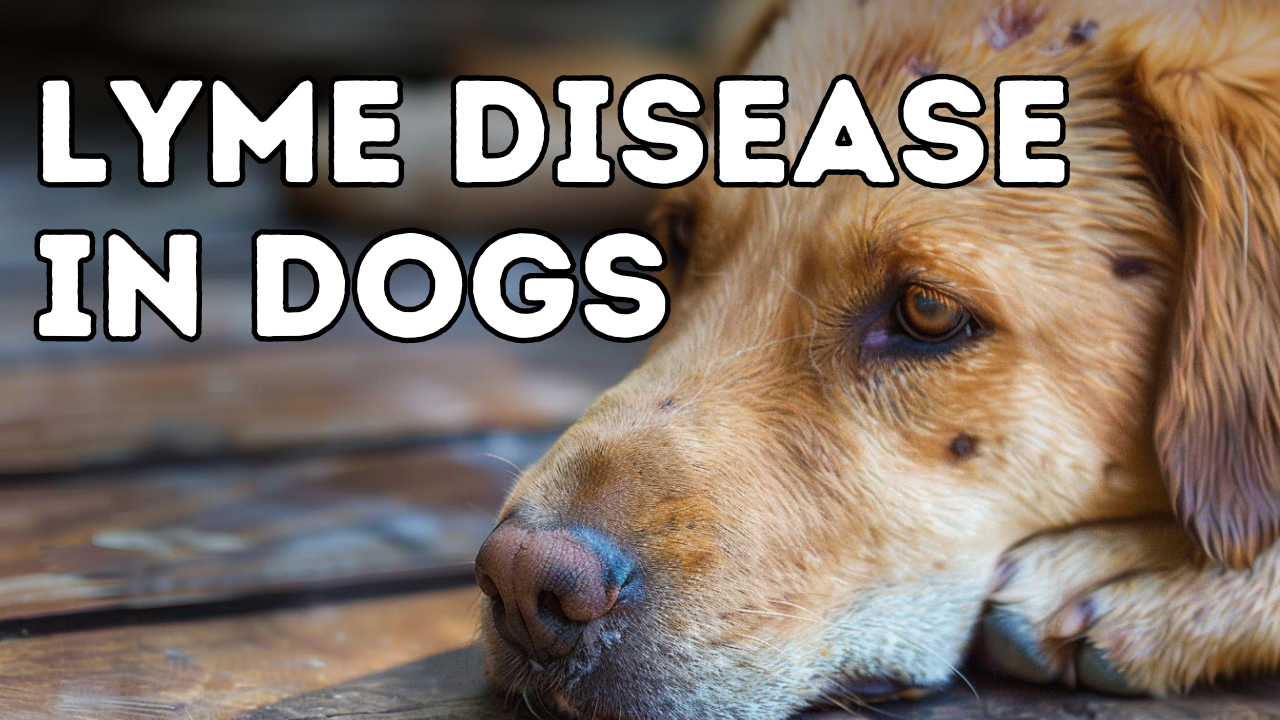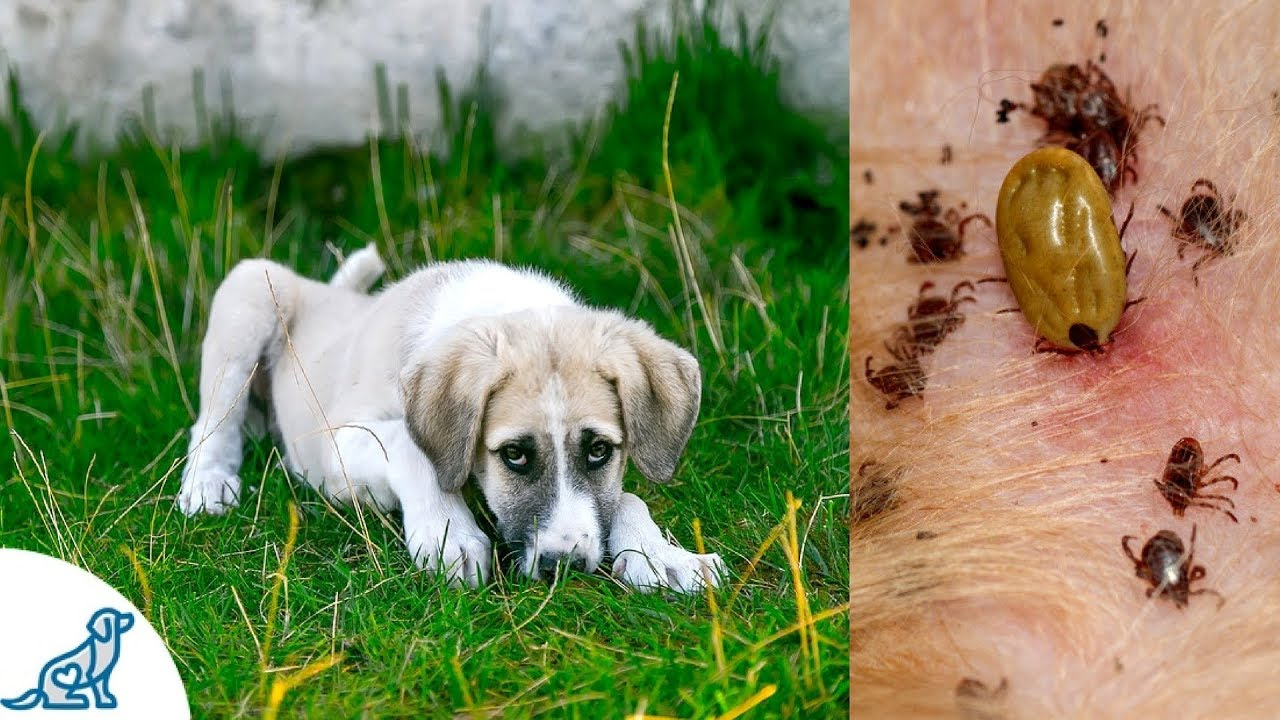5 things you should know about Lyme Disease in Dogs

I am hearing about more dogs testing positive for Lyme disease – the ticks that carry Lyme appear to be increasing in number and range…
Meaning you need to be aware of what you can do to prevent this in the 1st place.
Now of course the chance of your dog ever getting Lyme disease is miniscule, especially in comparison to the array of more common health conditions such as Cancer.
An array of medicinal nutrients may help your dog avoid serious disease… antioxidants, essential fatty acids, flavonoids, colostrum, probiotics, 95% curcumin.
These are all in our ADVANCED supplement for dogs.

Lyme Disease in Dogs: 5 Things Pet Owners Should Know
As a veterinarian, I’m often approached by concerned pet owners about the risks of Lyme disease in dogs. It’s a serious condition transmitted by the bite of a blacklegged tick, carrying the bacteria Borrelia burgdorferi. When infected, dogs can develop fever, joint lameness, sluggishness, and swollen lymph nodes. In severe cases, it can lead to fatal kidney complications.
Here’s what you need to know to protect your canine friend from this disease:
1. Understanding the Threat
Ticks, particularly the blacklegged or deer ticks, are the main carriers of Lyme disease. After a tick bite, the Borrelia burgdorferi bacteria can spread within your dog’s body, leading to a range of health issues. The U.S. Centers for Disease Control and Prevention (CDC) recognizes this as a common tick-transmitted infection.
2. Recognizing the Signs
The symptoms of Lyme disease in dogs can be subtle and may not appear immediately. It might take weeks or even months post-bite for signs like joint pain, fever, and lethargy to manifest. Some dogs may not show symptoms at all. Veterinary associations recommend watching for fever, swollen joints, loss of appetite, and signs of kidney problems. Early detection is key, so testing by a veterinarian is advisable if you suspect exposure.

3. Testing and Diagnosis
Diagnosing Lyme disease can be challenging as it often requires specific blood tests to detect antibodies against Borrelia burgdorferi. Your veterinarian might also conduct additional tests to check if the infection has affected your dog’s kidneys. If your dog exhibits flu-like symptoms and you live in an area where Lyme disease is prevalent, a simple course of antibiotics like Amoxicillin might be recommended.
4. Prevention Strategies
Preventing Lyme disease involves minimizing your dog’s exposure to ticks. Ticks thrive in grassy, wooded, and sandy areas, attaching to animals from vegetation. Reduce risk by keeping your dog on trails and out of thick underbrush. Regular grooming and tick checks are vital. Additionally, consider using natural tick repellents like Nootkashield, a US EPA-approved, non-toxic option derived from grapefruit peels and Alaskan pine trees.
5. Treatment Options
If your dog contracts Lyme disease, antibiotics such as doxycycline, amoxicillin, or azithromycin are effective treatments lasting about 4 weeks. For persistent symptoms, natural remedies like garlic have shown promising results in laboratory studies, outperforming standard antibiotics in some cases. Garlic oil, particularly, has been effective against dormant forms of Lyme bacteria. Safe dosages include 1/4 clove per 20lbs of body weight daily, or in tablet form, 100mg per 10lbs.
The expansion of deer tick populations across North America makes Lyme disease an increasing risk. Being proactive in prevention and treatment is crucial for the health and wellbeing of your pets. Always consult with a veterinarian for the best care strategies tailored to your dog’s specific needs.



Hi there,
I find your videos so informative! My 2 yr old German Shepherd has been vomiting off & on for 2 weeks. He then had a seizure that lasted less than 1 min. I took him to the vet & they did bloodwork. He has tested + for Lyme disease. He is on 7 pills antibacterial for 30 days for the Lyme & then he will be tested with a kit to see his infection rate. If low enough, they want to vaccinate him for Lyme disease. He was not put on antibiotics. They do not think the seizure & vomiting is related to Lyme disease, but not out of the question. Would greatly appreciate your thoughts on this. He also has ear infections quite often. Thank you so much for video on making your own yeast infection wipes?
Vomiting and seizures can be linked to Lyme disease in some cases, though it’s not always typical. It’s good that you’re getting follow-up testing, and the antibiotics should help if the infection is active. If he’s not on antibiotics yet, I’d double-check with the vet, as doxycycline is the usual treatment for Lyme.
Frequent ear infections might suggest underlying allergies or yeast imbalance, so the DIY yeast wipes can be a great support!
Here’s the Lyme video you mentioned for reference:
5 Things You Should Know About Lyme Disease in Dogs
Let me know if you want help with natural options for Lyme support or ear health!